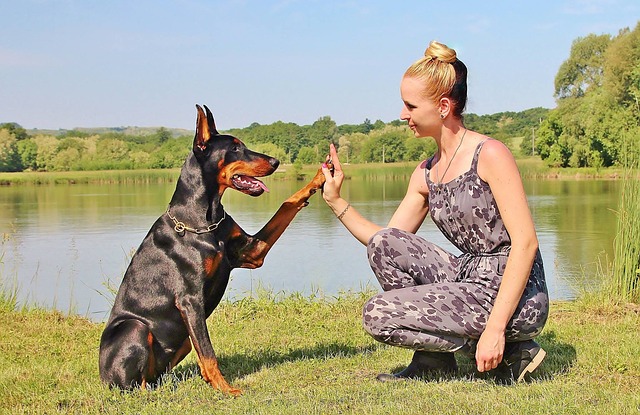The dog’s feet anatomy is somewhat similar to ours – they have limbs and a paw that has toes (or fingers).
Just like us, these toes come in handy when they are walking and running.
However, there are some differences that mainly stem from the fact that dogs go on all fours and also because they are not primates.
Perhaps one of the significant differences has to do with opposable thumbs.
What Are Opposable Thumbs?

Thumb opposability is the ability to control each of the thumbs independently of the other fingers.
Humans have this ability and that is why they can easily grasp things with only one hand.
The thumb opposability is made possible by a saddle-shaped joint (the sellar) that joins the first metacarpal and the wrist bone that holds the thumb in position (the trapezium) thereby allowing for the rotation of the thumb at a 45-degree angle.
Other animals that have opposable thumbs include frogs, gorillas, chimpanzees, orangutans, pandas, possums, and koalas.
Most of the animals (including humans) that have opposable thumbs are primates or their close relatives.
However, humans differ from their primate ancestors in that we have more distally placed and significantly longer thumbs.
Do Dogs Have Thumbs And Fingers?
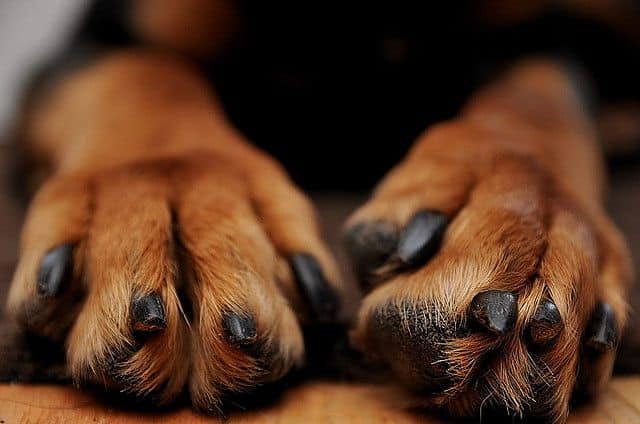
The anatomy of your dog’s feet is somewhat similar to yours. Dogs have paw pads that have little toes (or fingers).
You can refer to the ones on the front legs as fingers and those on the hind feet as toes.
However, their scientific name (for both hind and front legs) is phalanges.
Strictly speaking, however, we can call all of them toes because they are not connected to a working thumb and that explains why dogs cannot grasp things.
A dog has four toes on each paw which comes to a total of sixteen toes.
Depending on your dog breed, they could also have an additional fifth toe on all, three, two, or just one of their paws.
While you may be tempted to think of these as thumbs, they are actually not because they are not directly connected to the rest of the phalanges.
These additional toes are referred to as dewclaws and because they have no function, they are removed in some breeds when the dogs are puppies. This is because the dewclaws can get stuck in things and tear thereby resulting in infection.
So, Do Dogs Have Opposable Thumbs?
As we have already seen, dogs do not have thumbs, to begin with so having opposable thumbs is out of the question.
Yes, some breeds have a fifth toe that resembles our thumbs but these toes are useless and are typically removed by vets to prevent accidents.
What About Polydactyl Dogs-Do They Have Opposable Thumbs?
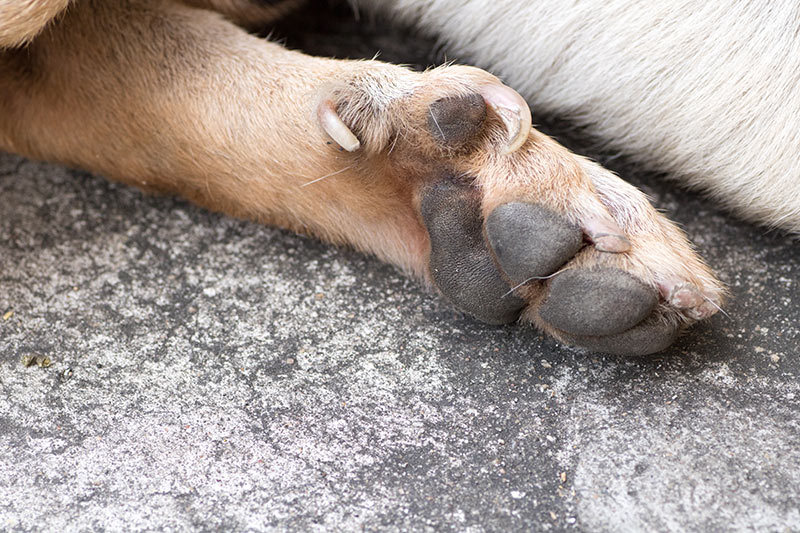
Polydactyly is a condition where an animal is born with extra toes. This condition is common in cats but it can also be found in some dog breeds.
Breeds like Australian Shepherd dogs and Great Pyrenees are specifically bred to be polydactyl.
This extra toe is typically just soft tissue with some bone and it is not jointed.
As such, polydactyl dogs do not have opposable thumbs.
Related Post: 15 Polydactyl Dog Breeds
What If Dogs Had Opposable Thumbs?
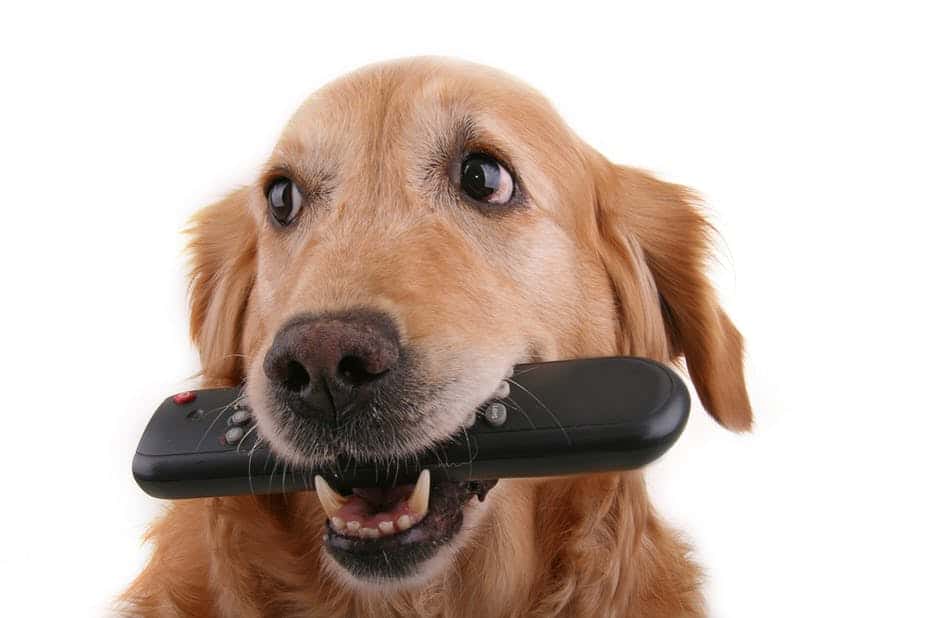
The lack of opposable thumbs in dogs limits their grasping ability.
And even though they will never have them, it is interesting to imagine the possibilities that would be unlocked if dogs had opposable thumbs.
There is so much they would be able to do! Here are just a couple of possibilities:
- Text: Dogs are pretty intelligent and they would probably learn how to text if they had the means to do it. Imagine getting a text from your doggie asking you to bring him a treat – now that would be quite something!
- Flip Channels: Leaving the animal channel on for your dogs to watch while you are away may be a sweet gesture but if your dogs had opposable thumbs, you might find them watching something different. Your dog would easily flip through channels to find something they enjoy or maybe just for the fun of it.
- Open Containers: With opposable thumbs, you would have to put your refrigerator and lock and key just to prevent them from raising it and opening everything from your beers to your container of baked beans. At least on the positive side, he would easily open the cans of his treats even when you are away.
- Download Apps: If your dog has thumbs, he would easily access the app store and download Pocket zoo, angry birds, or some other app they may find interesting. App developers would probably design more games and apps targeting this new niche market.
- Flush The Toilet: You may have seen videos of people training their cats to flush the toilet but it would be a natural sport for a dog with thumbs. However, your dog might start getting creating and dumping things into the toilet just to flush and see them vanish.
- Shop Online: In addition to texting and downloading apps, a dog with thumbs might just as easily shop online. This is especially so for in-app purchases. But what would be impressive is if the dog actually ordered for their chewy treats and you came home and found them delivered.
- Enjoy Social Media: You won’t have to leave your TV on for your dog anymore – just leave them with a tablet and they might be on social media all day watching funny doggies and “thumbing up” their favorite content.
These are just some of the possibilities but the reality is we will never know for sure what limits our furry friends may push with opposable thumbs.
How Do Dogs Grip Things Then?
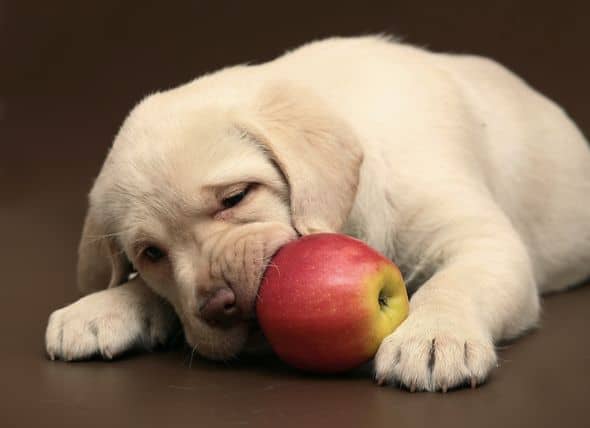
Because dogs don’t have opposable thumbs, they can’t rely on their toes to grip stuff.
Instead, they have to use their teeth in combination with their toes.
That is why when you play fetch with a dog, he will catch and bring back the ball in his mouth.
Parting Thoughts
In summary, dogs don’t have opposable thumbs. Dogs typically have four toes and even though some breeds are born with a fifth toe, the dewclaw is not attached to the other toes and serves no function.
Vets advise pet owners to have this dewclaw removed because it may get stuck on things and result in injury.
The lack of opposable thumbs in dogs limits their grasping ability although they do just fine with their teeth.
As an Amazon Associate, we may receive a small commission from qualifying purchases but at no extra cost to you. Learn more. Amazon and the Amazon logo are trademarks of Amazon.com, Inc, or its affiliates.

